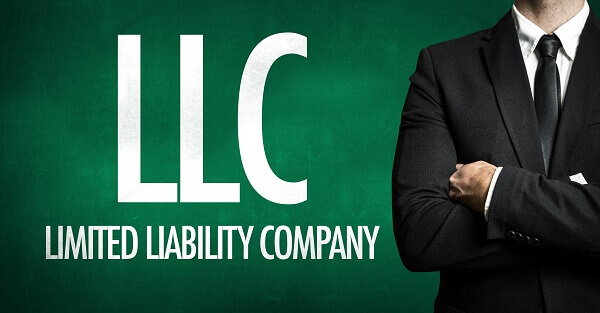Most businesses have issued a written employee handbook that explains work rules and other relevant issues. If your company hasn’t done so yet, or if your existing employee handbook is out of date, you need to rectify this problem immediately. This is because a non-existent or inadequate employee handbook is a liability time bomb waiting to go off.
Why You Need One
There are dozens of ways that issuing an employee handbook can help your company operate smoothly and minimize its legal risk. A few of these ways are listed below:
It can help you prove that your company’s policies are lawful in the event of a contrary claim.
It can help you remain in compliance with complex employment regulations at both the state and federal level.
It can help your company guarantee fair treatment to your employees.
It can provide new employees with a valuable orientation tool.
Written expectations can help avoid misunderstandings that might otherwise lead to conflict or even lawsuits.
It can be used to train supervisors and management staff.
Topics
A comprehensive employee handbook should deal with the following topics, at the very least:
Discrimination, retaliation, and harassment policy: Required by law to be included if your company employs five or more people, but you should include it anyway.
FMLA/CFRA leave: Required by law to be included if the company has 50 or more employees, but you should include it anyway.
New parent leave: Required by law for companies with 20 or more employees, but you should include it anyway.
Pregnancy disability leave: Required by law for companies with five or more employees, but you should include anyway.
Paid sick leave: Required by law even if the company has only one employee.
Accommodations for disabled employees.
Employee timekeeping
Overtime, meal breaks, and rest breaks
If any of your employees might not be able to read the employee handbook in English, you must provide it in their native language.
Document Drafting Concerns
California employee handbooks are governed by the California Labor Code, and it is most decidedly a legal document -- and drafting a legal document is a very different exercise than writing a letter. Legal documents sometimes appear to be drafted in “legalese,” and there is a reason for this. Two reasons, actually. One reason is simply bad writing skills, which should not be tolerated in such an important document because it is downright dangerous.
The other reason, one that is, to some extent, unavoidable, is that the language must be drafted so literally and precisely that nobody (a litigious employee, for example) can hope to “poke a hole in it” and attempt to assert that it means anything other than its obvious literal meaning. This process requires skill, and it is not for someone who lacks experience drafting legal documents. When it comes to drafting legal documents, an experienced lawyer is a near-necessity.
We Stand Ready to Assist You
If you need help drafting an employee handbook, or if you are involved in a dispute with an employee over the content of an employee handbook, contact CKB Vienna by calling us today or by filling out ur online intake form to schedule a consultation.
We serve clients in Rancho Cucamonga, San Bernardino County, Los Angeles County, Orange County, and Riverside County.




















